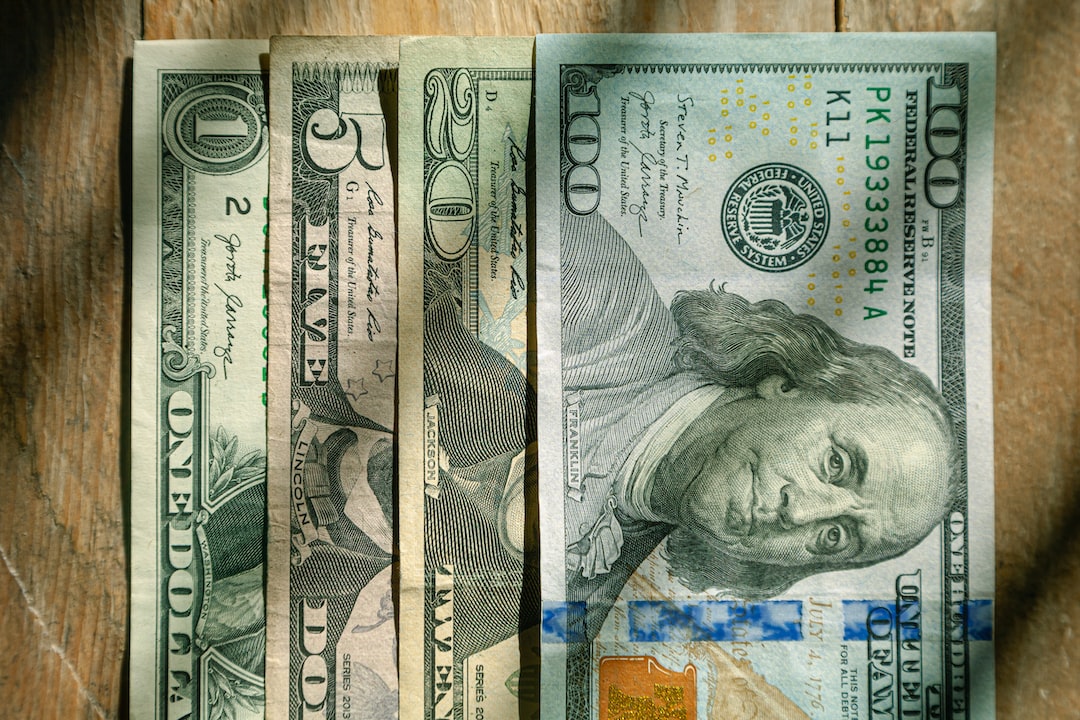Forex policy refers to the measures adopted by a country’s central bank to manage its currency exchange rate. The exchange rate is the price at which one currency can be exchanged for another. The policy aims to stabilize the exchange rate of the country’s currency in order to promote economic growth, trade, and investment. Forex policy is an important tool for countries to manage their economic and financial stability.
The forex policy of a country can take different forms depending on the country’s economic and political circumstances. However, the most common forms are fixed exchange rate and floating exchange rate policies.
Fixed Exchange Rate Policy
Under the fixed exchange rate policy, the central bank of a country pegs the value of its currency to another currency or a basket of currencies. This means that the exchange rate of the country’s currency is fixed relative to the pegged currency. The central bank maintains the fixed exchange rate by buying or selling its currency in the foreign exchange market.
The benefits of a fixed exchange rate policy are stability and predictability. Fixed exchange rates provide certainty for businesses and investors, making it easier to plan and invest. Fixed exchange rates also help to control inflation and reduce the risk of currency speculation.
However, the downside of a fixed exchange rate policy is that it can lead to a loss of control over monetary policy. If the central bank wants to lower interest rates to stimulate economic growth, it may not be able to do so if it is committed to maintaining a fixed exchange rate. Fixed exchange rates can also lead to currency crises if the pegged currency becomes overvalued or if there is a sudden change in market conditions.
Floating Exchange Rate Policy
Under the floating exchange rate policy, the value of a country’s currency is determined by supply and demand in the foreign exchange market. The central bank does not intervene to maintain a fixed exchange rate. Instead, it allows the exchange rate to float freely based on market forces.
The benefits of a floating exchange rate policy are flexibility and independence. Floating exchange rates allow the central bank to adjust monetary policy to suit the needs of the domestic economy. It also allows for greater shock absorption in the face of external shocks such as changes in commodity prices or global economic conditions.
However, the downside of a floating exchange rate policy is that it can lead to volatility and uncertainty. Floating exchange rates can be subject to large swings and sudden changes, making it difficult for businesses and investors to plan and invest. Floating exchange rates can also lead to inflationary pressures if the central bank does not act to control them.
Managing Forex Policy
The management of forex policy involves a range of tools and strategies that the central bank can use to achieve its objectives. The most common tools are interest rates, foreign exchange reserves, and capital controls.
Interest rates are used to control inflation and regulate the flow of capital in and out of the country. If the central bank wants to stimulate economic growth, it can lower interest rates to make borrowing cheaper. If it wants to reduce inflation, it can raise interest rates to make borrowing more expensive.
Foreign exchange reserves are used to maintain the fixed exchange rate policy. The central bank can use its reserves to buy or sell its currency in the foreign exchange market to maintain the fixed exchange rate.
Capital controls are used to regulate the flow of capital in and out of the country. Capital controls can be used to restrict the amount of foreign currency that can be bought or sold, or to limit the amount of money that can be transferred out of the country.
Conclusion
Forex policy is an important tool for countries to manage their economic and financial stability. The policy can take different forms depending on the country’s economic and political circumstances. The most common forms are fixed exchange rate and floating exchange rate policies. The management of forex policy involves a range of tools and strategies that the central bank can use to achieve its objectives. Interest rates, foreign exchange reserves, and capital controls are the most common tools used.






